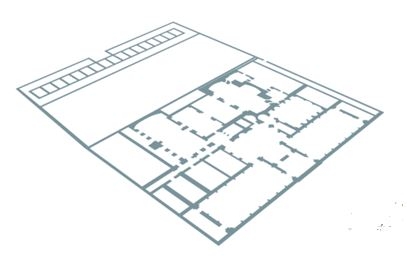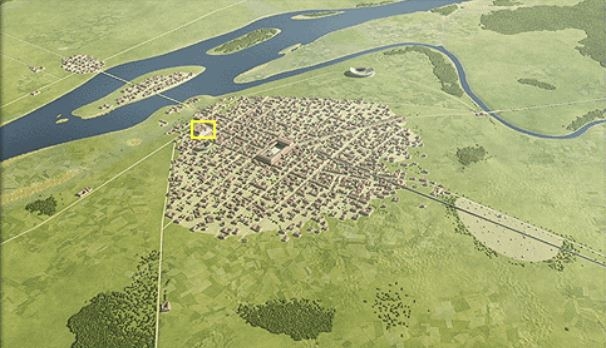- Home
- The city
- The early Roman city
- The Cluny baths
3D graphics of the baths.
© M.-O. Agnes et A.-B. Pimpaud
Map of the baths.
© D. Busson et V. Charlanne.
Location of the baths in Lutecia.
What we know today as the Cluny baths are actually what remains of a larger group of public baths that extended from the Boulevard Saint-Germain north to the Rue des Ecoles, and from the Boulevard Saint-Michel east to the centre of the courtyard of the present-day Musée National du Moyen Âge.
This monument was far more than a bathhouse built out of concern for public hygiene. Like all public baths, it was the reflection of a typically Roman way of life. Bathing activities were linked with other practices relating to bodily fitness, pleasure and social relations. In Lutetia, it is difficult to establish where these activities took place. Generally speaking, the public baths-which were free of charge or accessible for a small fee, and which featured bars, resting areas, meeting rooms and libraries-were the preferred meeting places for a town's inhabitants.
« The pride of Roman cities can be measured by the presence of amphitheatres and baths ».
Tacitus, The life of Agricola, XI


